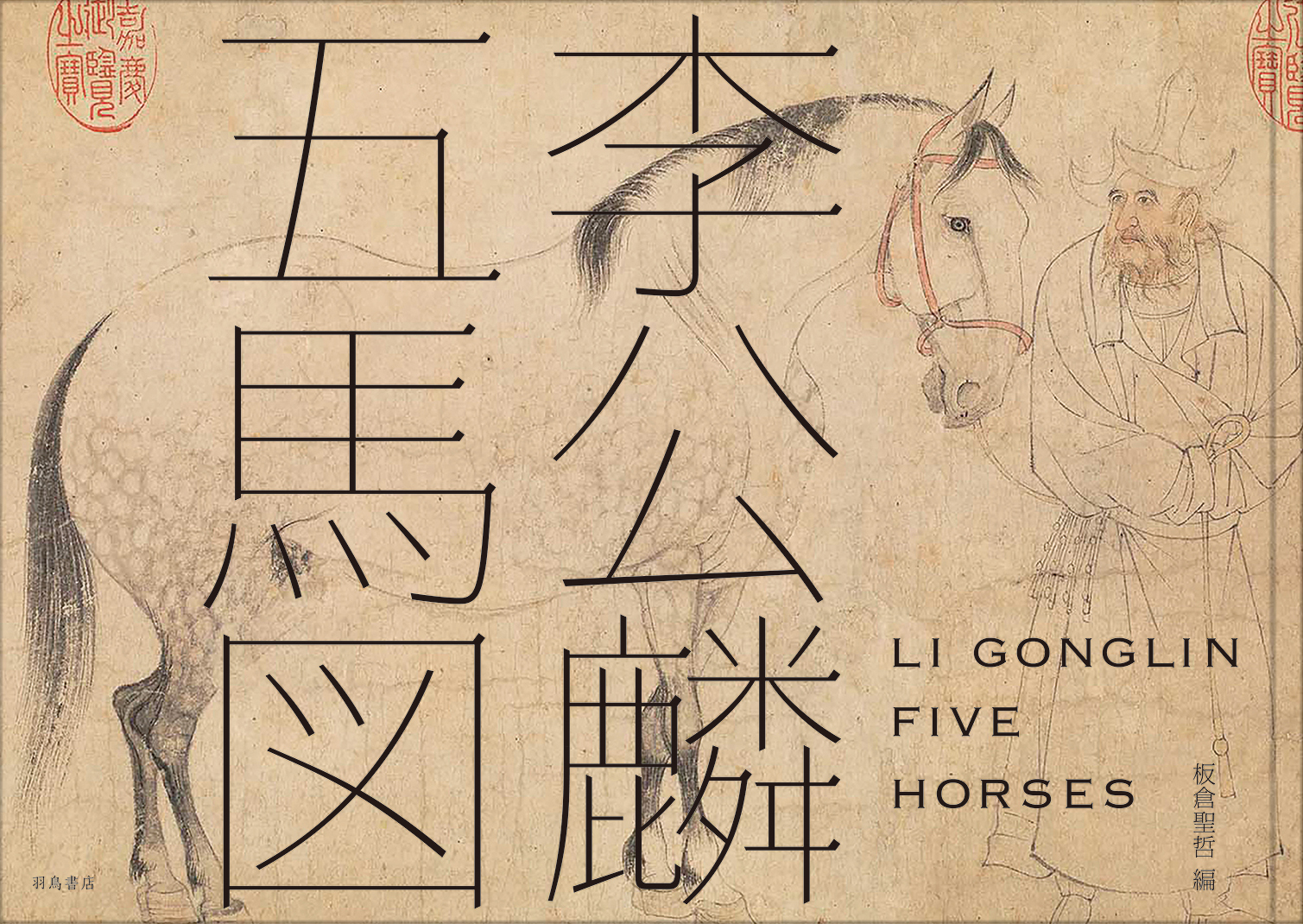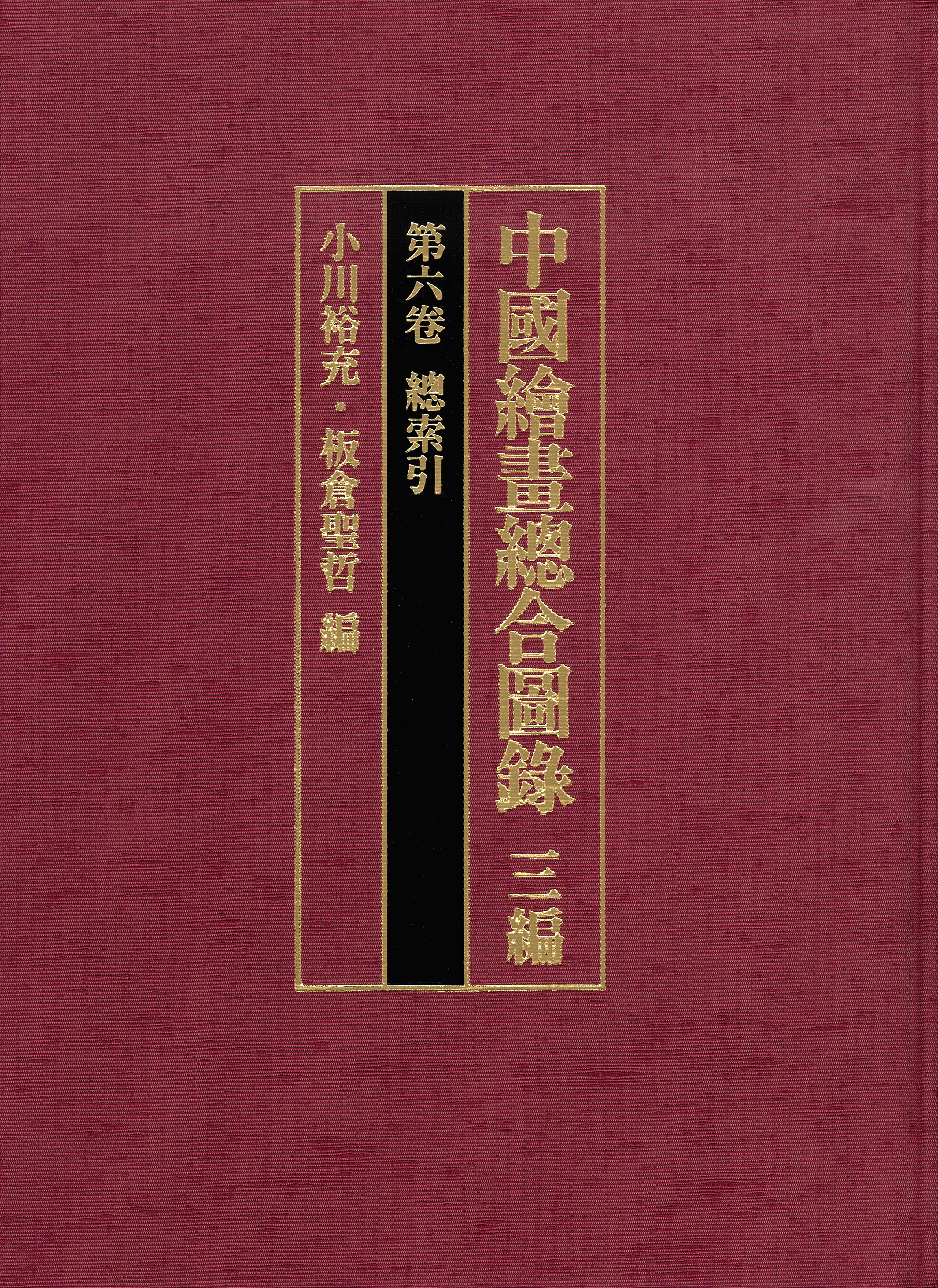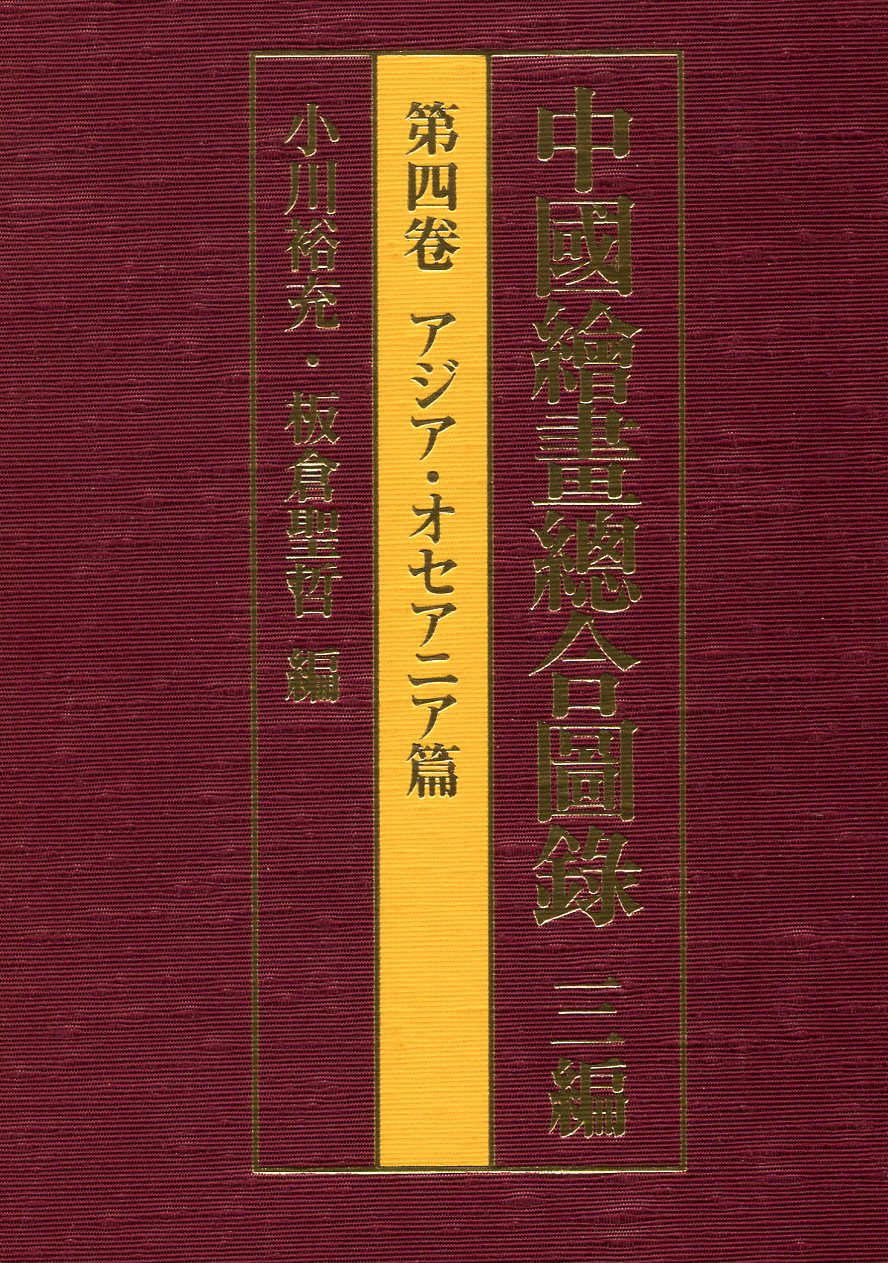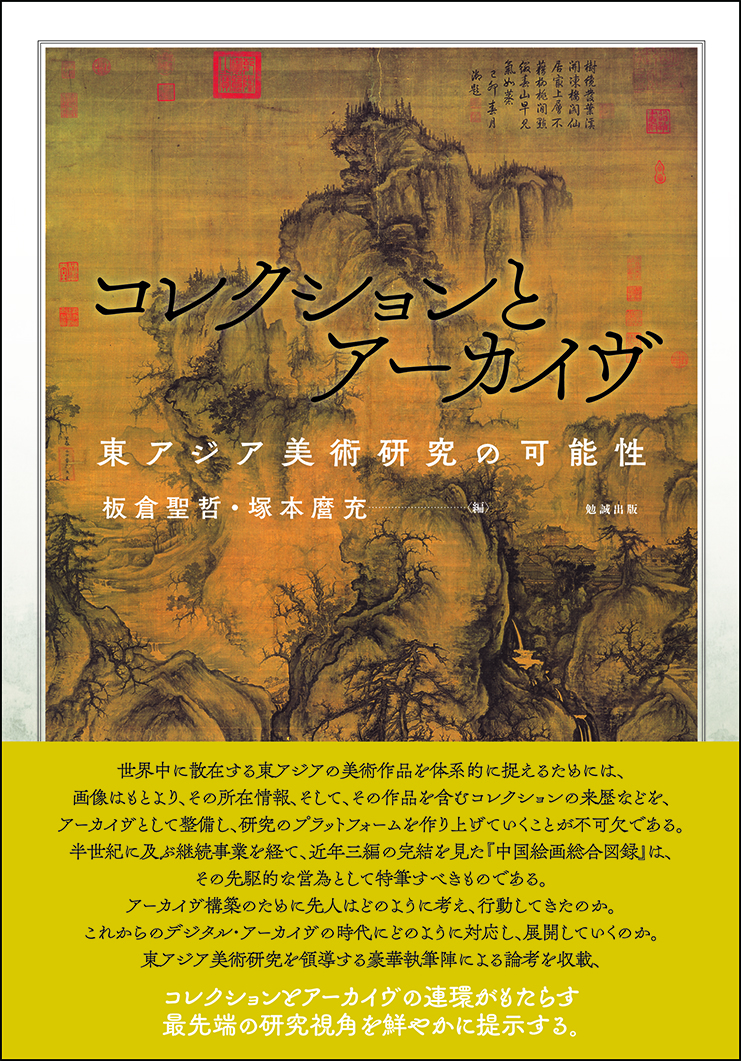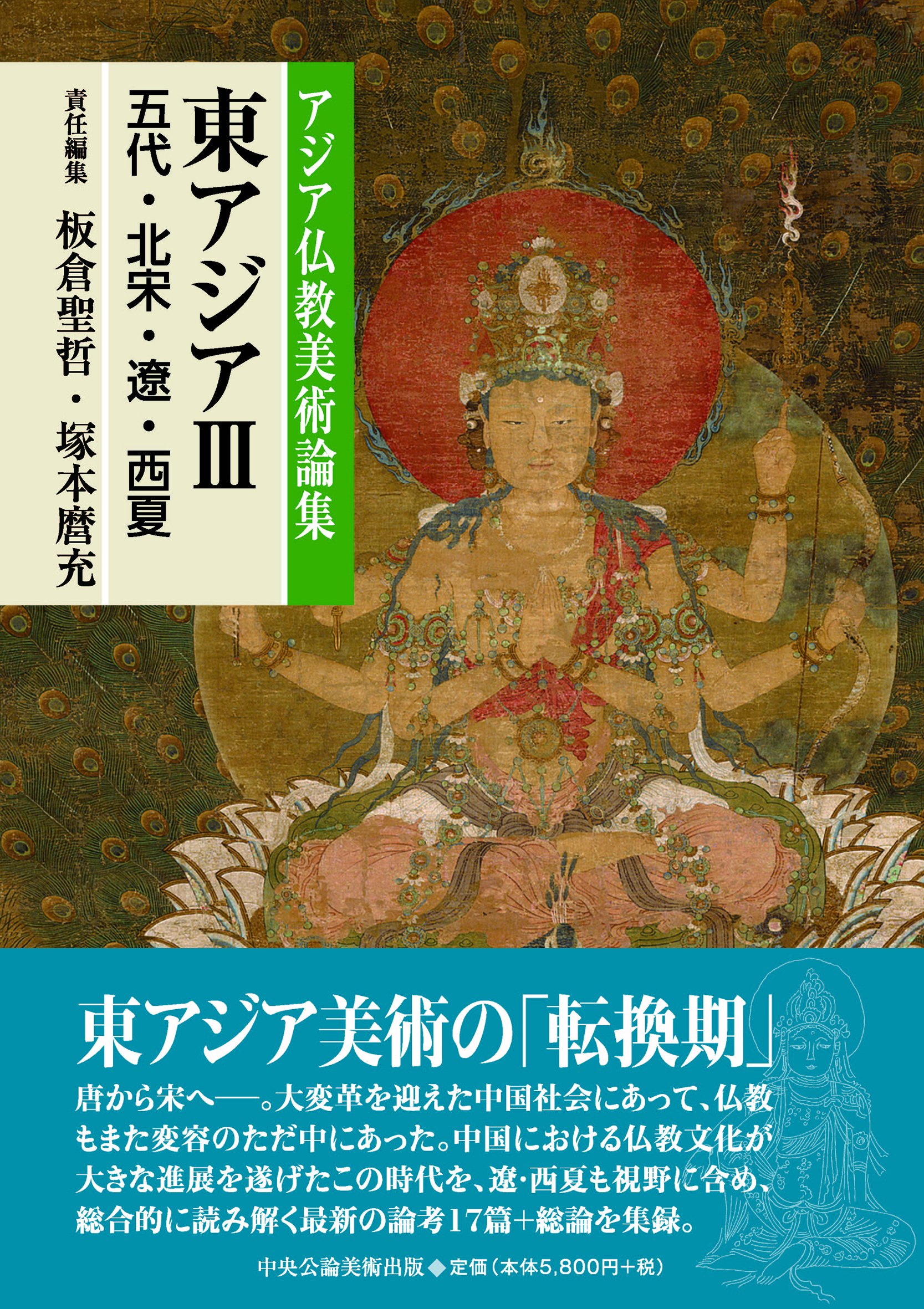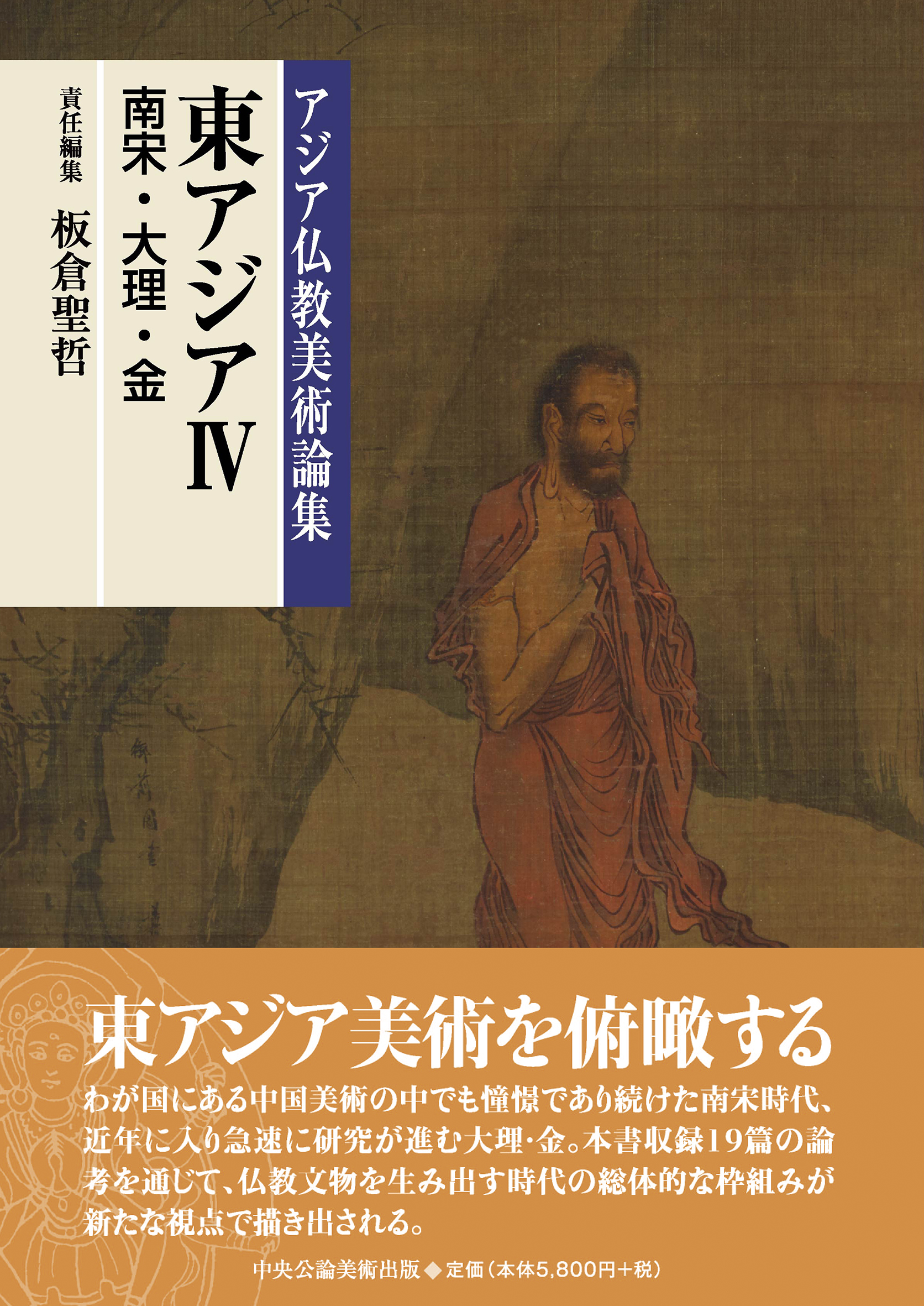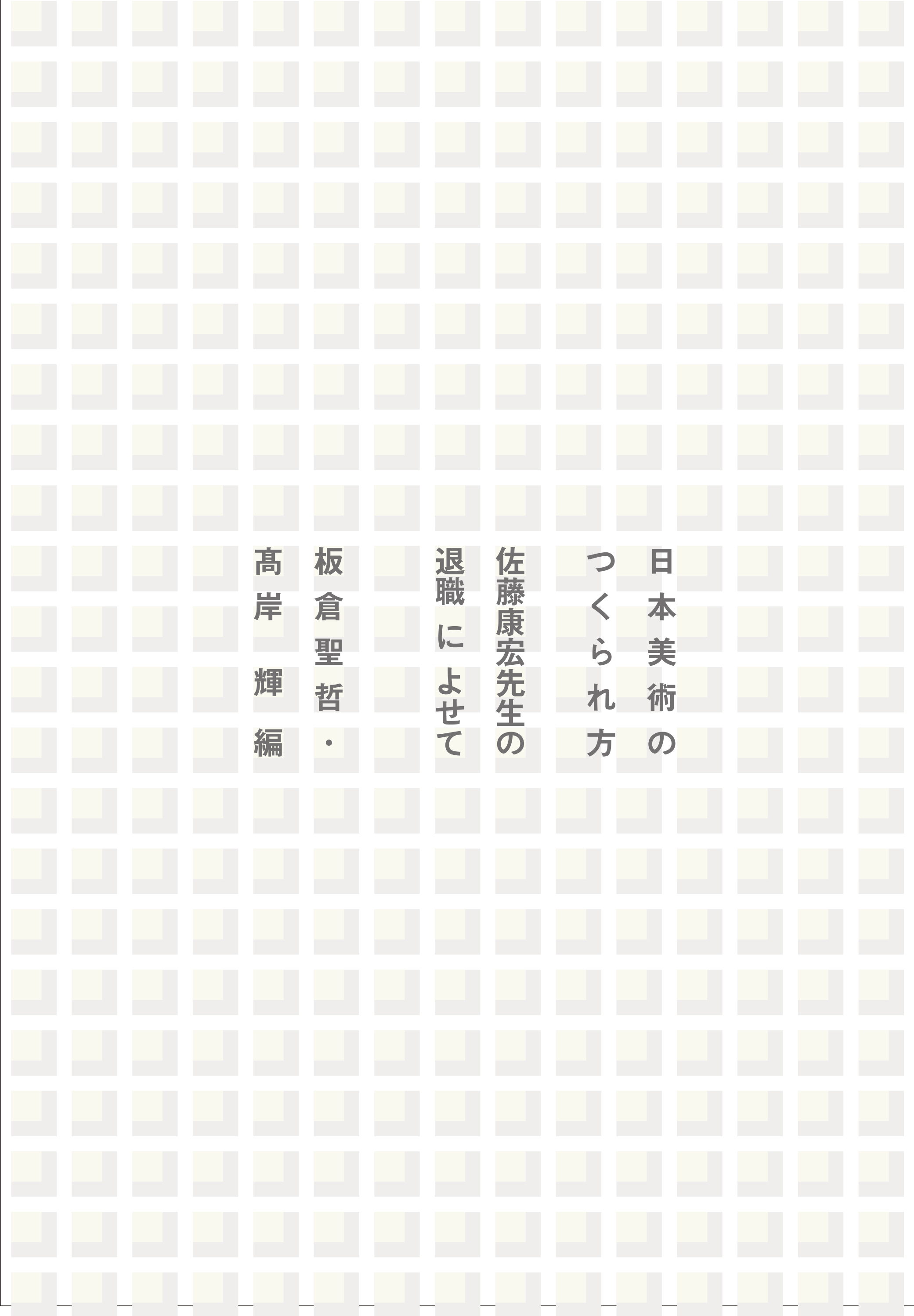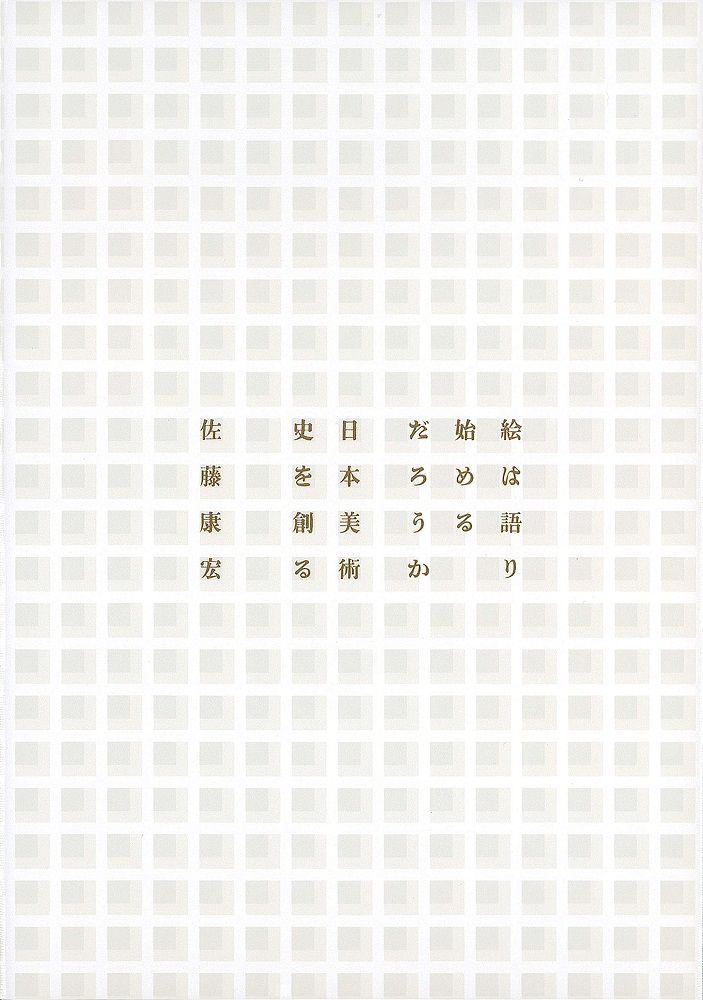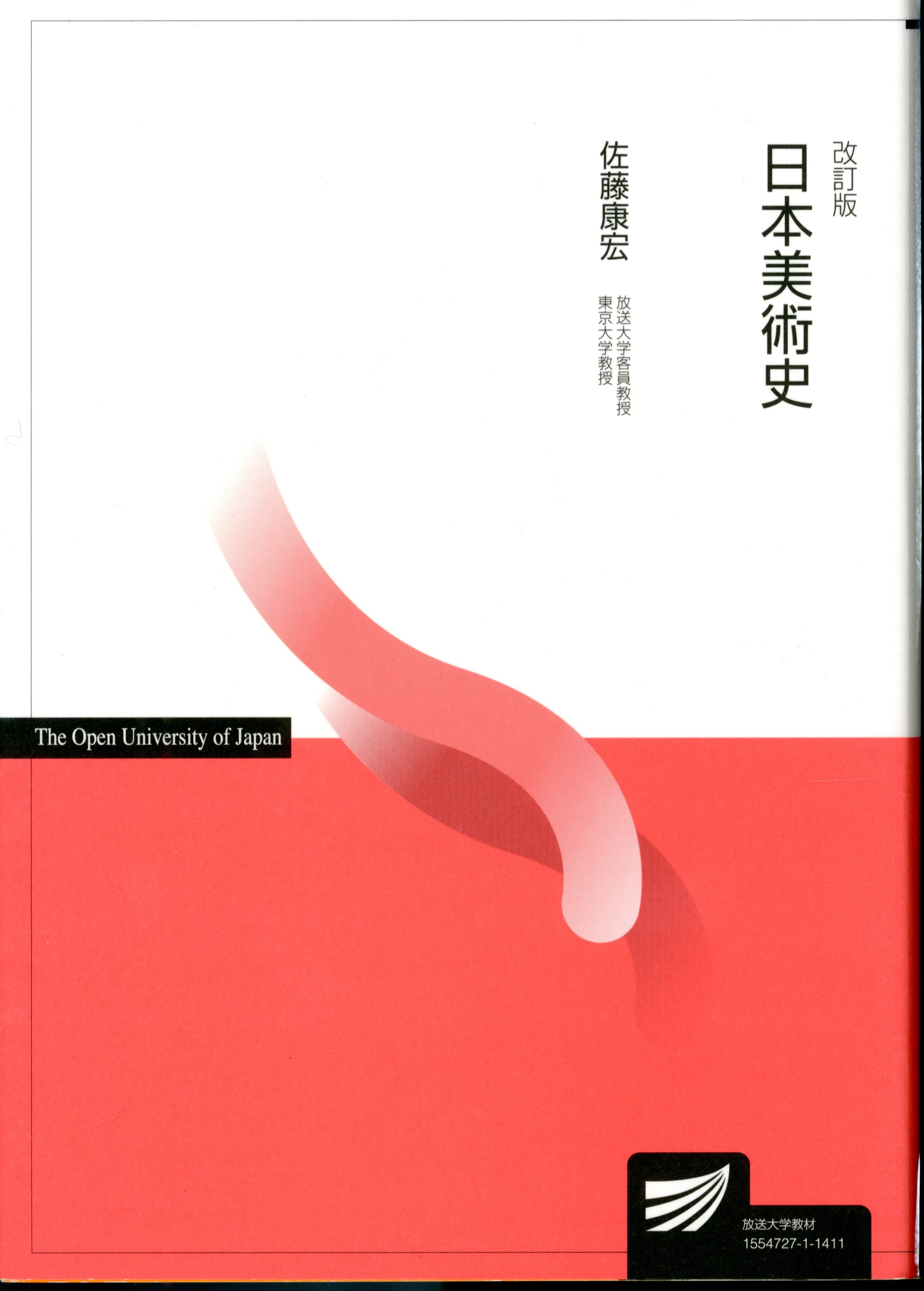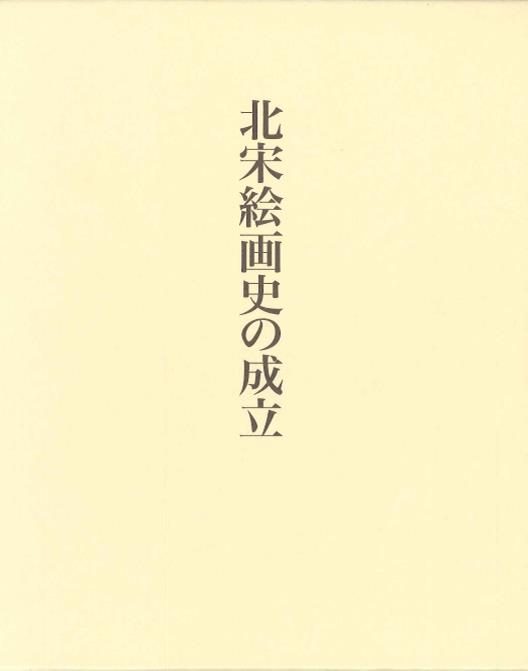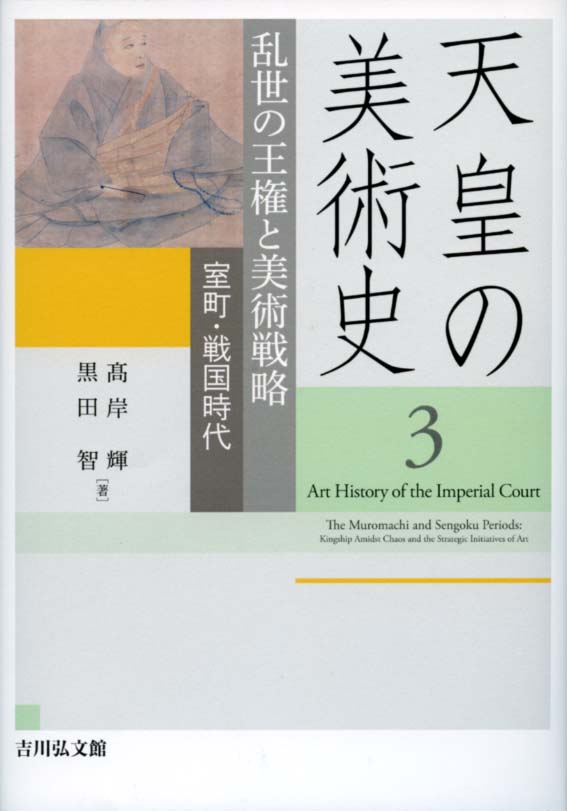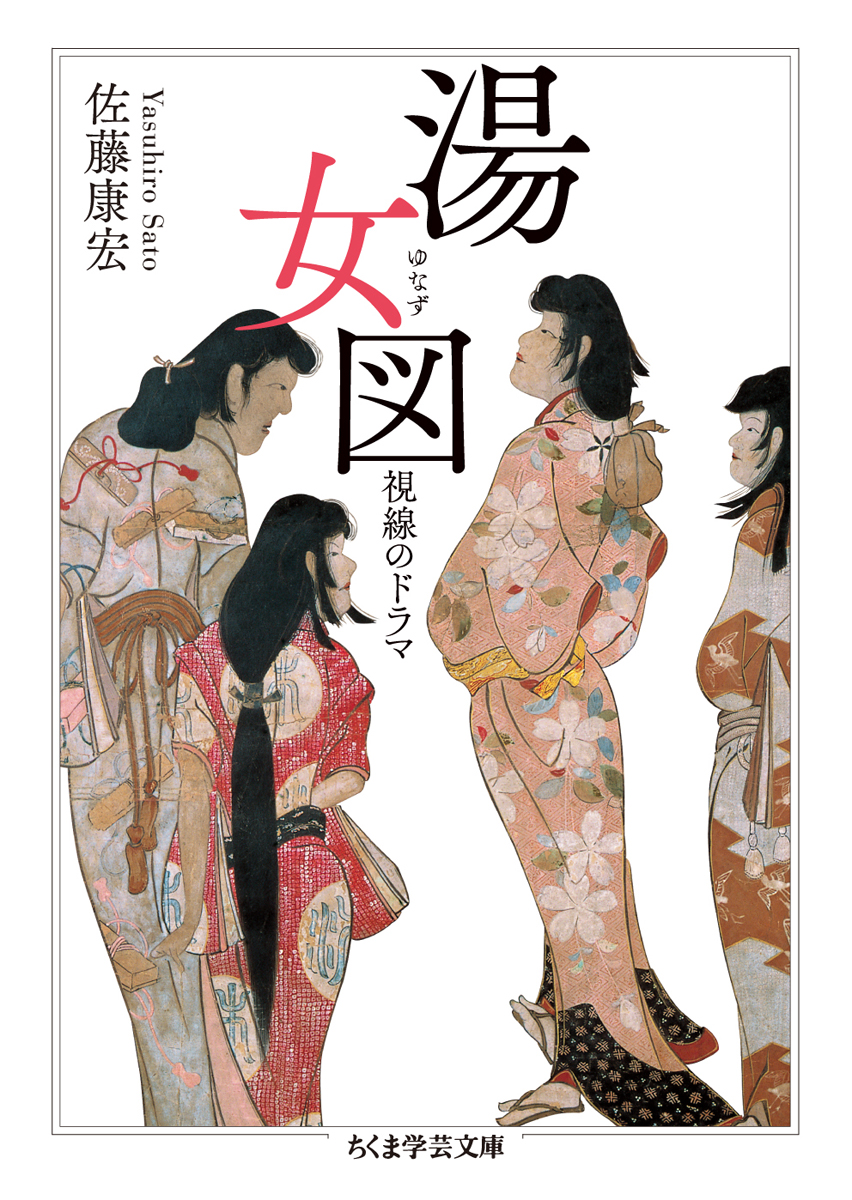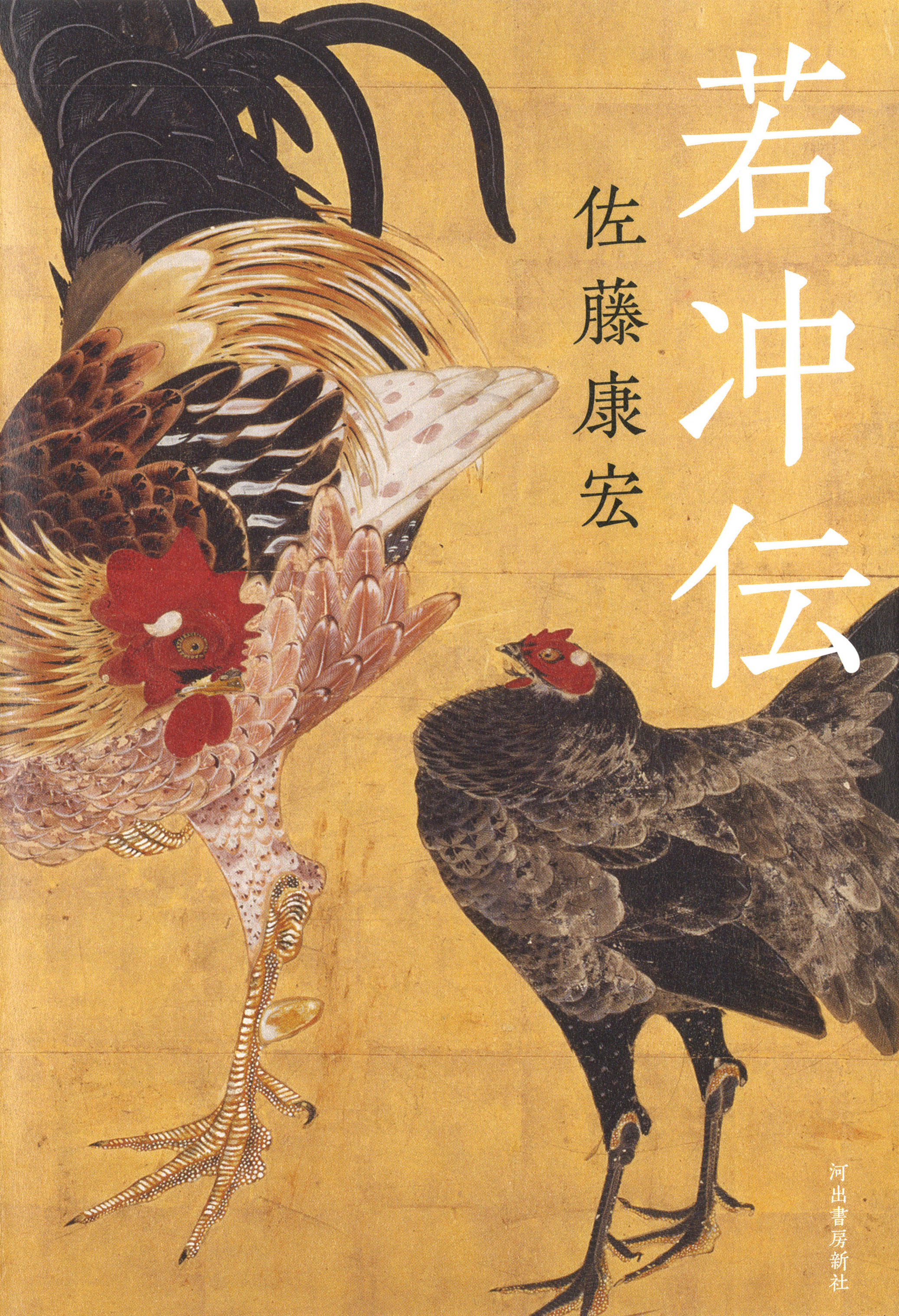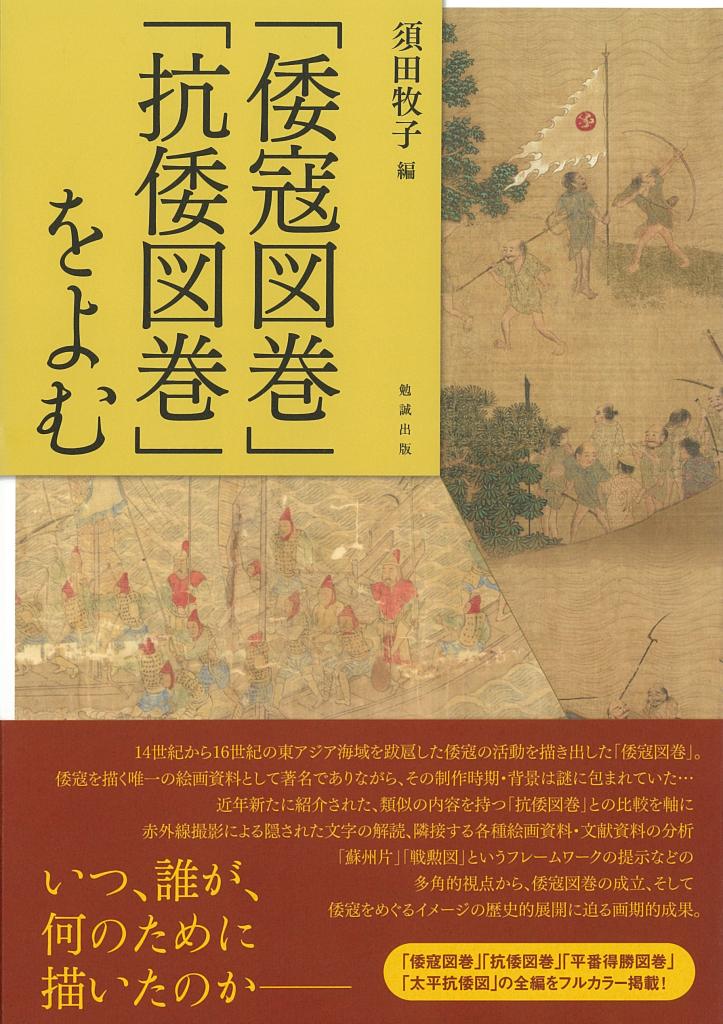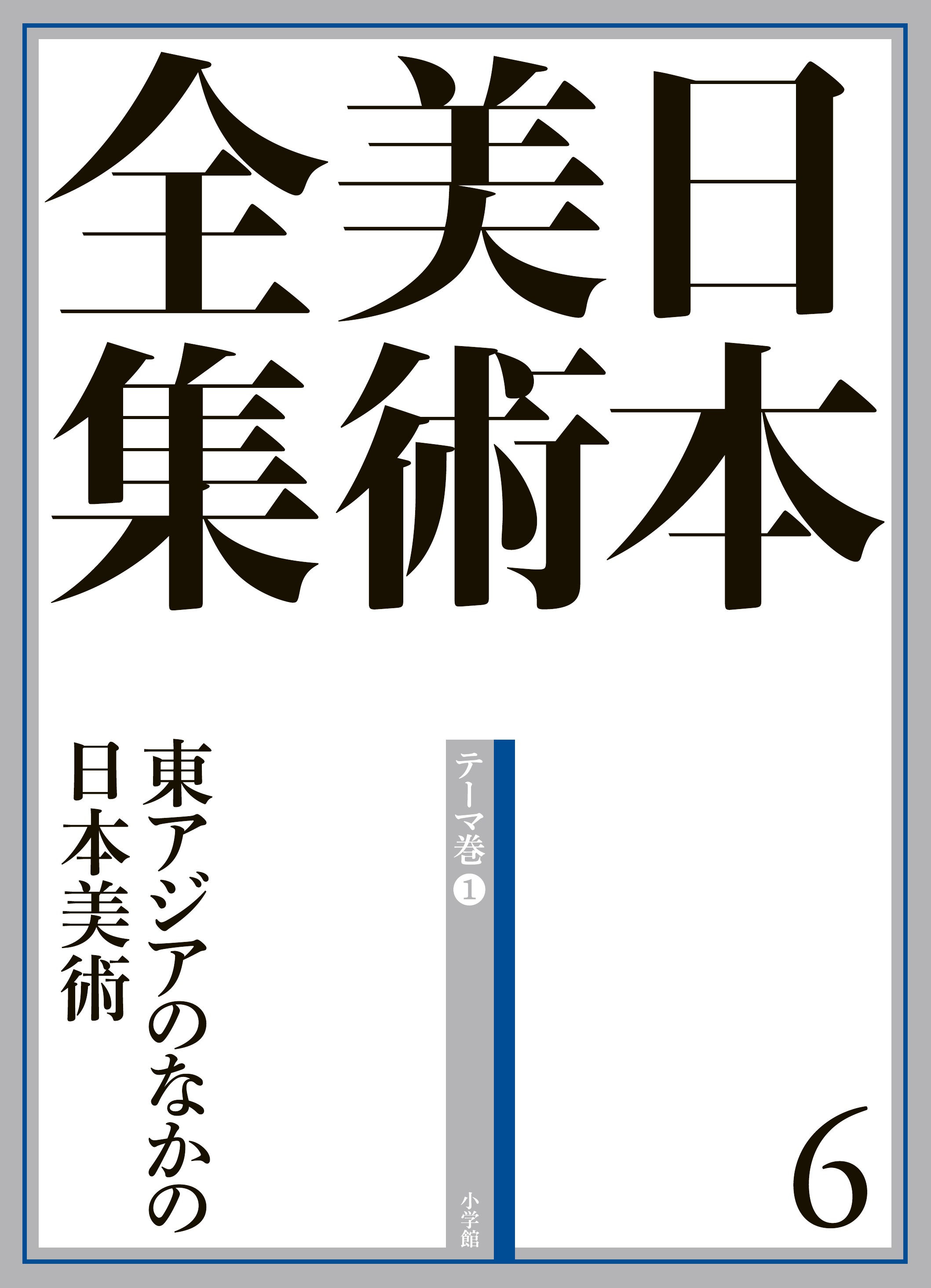
Title
Nihon Bijutsu Zenshu 6 (Complete Works of Japanese Art, Volume 6: Japanese Art within East Asia)
Size
296 pages, B4 format
Language
Japanese
Released
February 25, 2015
ISBN
9784096011065
Published by
Shogakukan
Book Info
See Book Availability at Library
Japanese Page
This book is a volume in the latest comprehensive series on Japanese art in 20 volumes, published by Shōgakukan, which has been referred to as the last grand survey of Japanese art to be printed on paper. It is made up of both “period volumes,” dealing with a specific period, and “thematic volumes,” transcending the confines of a particular period. Volume 6 is a thematic volume and takes up East Asian works of painting, calligraphy, sculpture, and craftwork that were brought to Japan from ancient times down to the modern period. The artists range from Wang Xizhi, a calligrapher of the Eastern Jin, to Wu Changshuo, a literati painter and calligrapher of the modern period. In view of the fact that many of these works have been designated national treasures or important cultural properties even though they are works of art from other countries, it is evident that they have for a long time been considered to possess great importance as “classics” for Japanese art too. While they are chiefly Chinese and Korean art works, contemporaneous Japanese art that clearly shows their influence has also been taken up for the purpose of comparison.
Works such as Pigeon on a Peach Branch by Huizong of the Northern Song (private collection), Landscape of the Four Seasons, attributed to Huizong of the Northern Song but produced in the Southern Song (Konchi’in, Kuonji), Red and White hibiscuses by Li Di of the Southern Song (Tokyo National Museum), Guanyin, Monkeys, and Crane by Muqi of the Southern Song (Daitokuji), Chan Occasions by Yintuoluo of the Yuan, Flowers and Birds of the Four Seasons by Lü Ji of the Ming (Tokyo National Museum), and Autumn Flowers by Shen Nanpin of the Qing (Seikadō Bunko Art Museum) have all inspired many Japanese paintings and may be said to act as “classics” for Japanese art too. In addition, many masterpieces that have been prized and carefully preserved in Japan and no longer survive in their country of origin have also been included, such as three black-glazed Tianmu tea bowls, examples of which have not been preserved in China and have survived only in Japan.
The treasures preserved in the Nara-period Shōsōin repository reflect strong yearnings for the culture and institutions of contemporary Tang China. The Higashiyama shogunal collection of the Ashikaga shoguns of the Muromachi period, on the other hand, set great store by paintings and craftwork of the Southern Song, about two hundred years earlier, and there existed a considerable time lag. This was partly the result of choices made by those who collected these works. During the Edo period, before the objects of admiration shifted primarily to the West in the modern period, Ming and Qing art was added to the mix, making the situation even more complicated, and art circles could be said to have evolved in a way that regarded Song and Yuan paintings as “classics” and Ming and Qing paintings as fresh stimuli. The reception of East Asian art in Japan became quite diverse. Nonetheless, if it was the case that certain tastes were reflected in all of this, then they would correspond to a Japanese aesthetic. This book aims to throw into relief the essence of Japanese art by learning how exponents of Japanese art selected and received East Asian art and how, under its influence, they went on to create new forms of artistic expression.
(Written by ITAKURA Masaaki, Professor, Interfaculty Initiative in Information Studies / 2018)



 Find a book
Find a book


 eBook
eBook